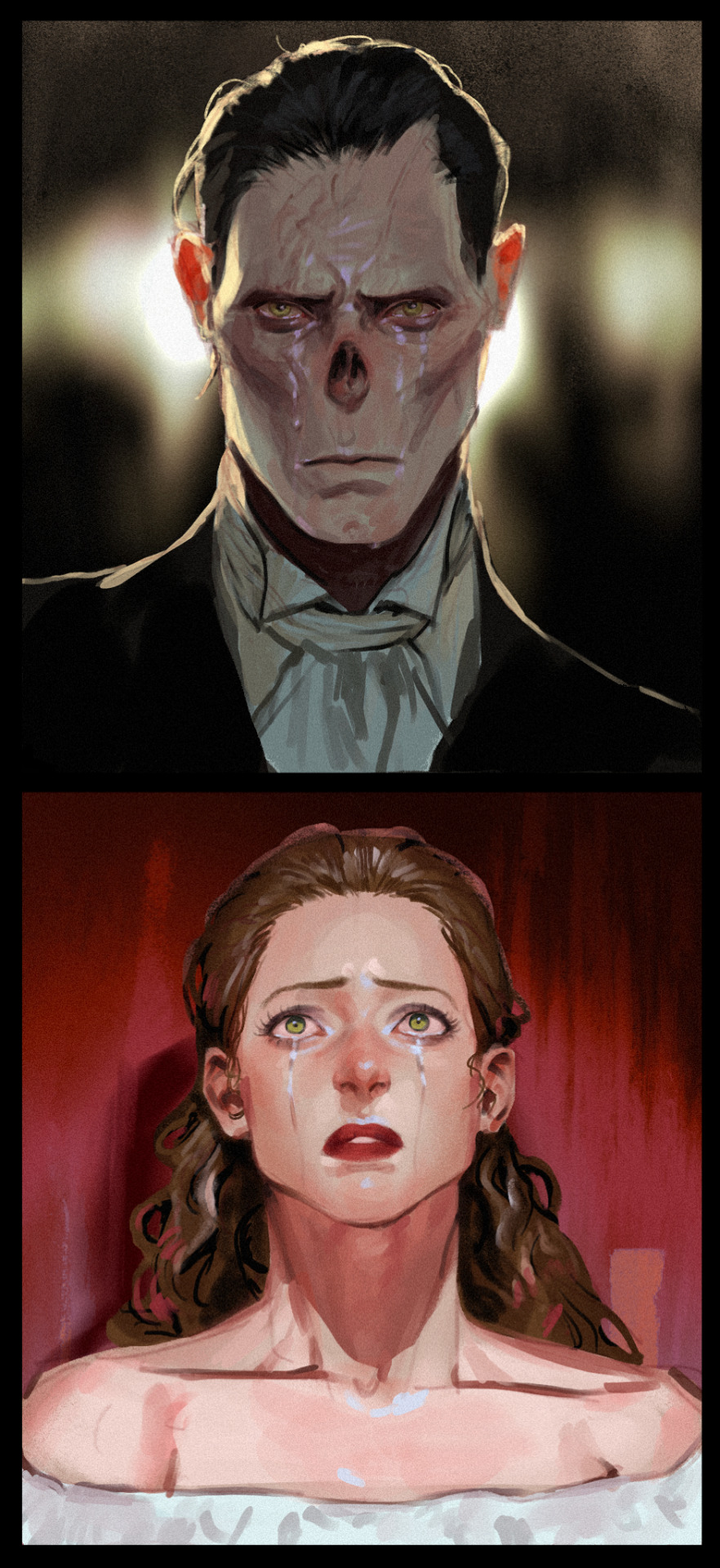Don't wanna be here? Send us removal request.
Text
Highlights and hilarity from The Game is On: An Afternoon with Mark Gatiss and Friends

Out of all venues for an event dedicated to the discussion of an interpretation of Sherlock Holmes, there could be none better than the Criterion Theatre, located on one of London’s most famous junctions - Piccadilly Circus - and next to the Criterion Bar, famous as the place where Doctor John Watson first heard the name ‘Sherlock Holmes’ spoken aloud by Stamford in A Study in Scarlet.
The Game is On: An Afternoon with Mark Gatiss and friends was held in support of London Lesbian & Gay Switchboard. Since the event was recorded by LLGS, this isn’t a full transcript of what occurred, but rather a collection of many of its highlights that relate most directly to Sherlock. All told, The Game is On was a raucous and hilarious time, with anecdotes coming thick and fast throughout its duration to an almost bewildering, and extremely face aching degree.
继续阅读
513 notes
·
View notes
Note
Hello! Do you happen to know who picked out the appliques for Phantom's cloak in mainly the Broadway production? I've done my own research and my own recreation, and it seems any of them are vintage appliques. Was it just all completely random?
I think many costume supervisors and costume makers has kept Maria Bjørnson's vision of antique pieces alive, where possible. Some Phantom cloaks are still decorated with antique jet beading, often sourced from scattered or ruined Victorian mourning pieces. But finding good pieces has become increasingly rare, so modern substitutes seems just as common.
For a costume display in the World Tour they wrote that:
"The cape is fine wool with antique jet beading"
This was true for the elder Aussie style as well as the UK. Probably elsewhere too, depending on the availability. One way to identify vintage or antique jet beading is that they use fairly small beads and with lots of hand-embroidered details, often in an openwork-pattern. The thread and/or fundament will often also have faded to brown. Here's typical examples of jet beading, in the cloaks of John Owen-Jones and Scott Davies in West End:


And the back of Ben Forster's West End cloak:

Last, but not least, Tim Howar in West End Live:

But many Phantom cloaks has also been fitted with either vintage or more modern sequin and bead appliquées. I think it's harder to separate what's new and what's antique in these. Here's some examples from the US where I'm not sure whether we're talking old or new (or maybe it's a mix).




The sequins may give a clue, as newer ones are often bigger and synthetic, while older ones tends to be smaller and maybe made of an early metal-plated synthetic material - or even metal if they are really old. But I would have to study them up-close to tell for sure.
There are also versions with mostly black tube beads, where the direction of the beading is what makes them glitter and sparkle from all angles. Here's Jonathan Roxmouth's cloak in the World Tour:

A cloak used in the Restaged US Tour:

And the collar of a vintage Golden Angel cloak, worn by Davis Gaines on Broadway:

I don't know exactly where Sam Fleming and other US costume supervisors sourced their materials, other than hunting vintage stores, antique stores, flea markets, the fabric NYC district etc. Anything that would make goodies surface, basically. It is in sync with the preferences of designer Maria Bjørnson, as she did favour vintage pieces when possible. Hence vintage materials are still often seen as accents and decorations on the POTO costumes. But vintage pieces have become increasingly harder to come by, so layering modern materials to create a similar effect is also common.
I hope that answered your questions!
76 notes
·
View notes
Text
SECOND EDITION I never knew how Jonathan sang in the past World Tour until I listened to some audios yesterday and found HOW HE HAS PROGRESSED!!! Here's the audio of his performance during the ongoing world tour, clearly he has a better control of his voice, which is thicker (I don't know the term to describe it properly) and less modern as many people may described. He's more tender or maybe I could say more seductive, and I would fall for that.
And our new Christine Grace Roberts , Ah How I adore her voice!!! You would regret it forever if you not listen 😝
AND PLEASE DO NOT POST THIS AUDIO OUTSIDE OF TUMBLR THANK YOU VERY MUCH!
FIRST EDITION
I just wonna write something about Jonathan Roxmouth, especially about his wonderful performance in the ongoing tour in China. What’s most amazing about him is that he changes his way of performing every night! Yes! Every Night. I saw three performances so far, and none of them were totally the same.
I particularly want to share details on 11.3’s evening, when Jonathan was so possessive of Christine. He constantly showed intimate gesture towards her, whispering in her ear, touching her face with fingers during motn. The chemistry between them is perfect.
And I absolutely LOVE how he handle the ‘you try my patience’ line in the final lair that night, probably the best I’ve ever heard. He shouted out the words right after Christine’s ‘I gave my mind blindly’ and Here’s the audio. I’m all blown up.🔥🔥🔥


#phantom of the opera#poto#phantom world tour#world tour#jonathan roxmouth#final lair#poto world tour#grace roberts#matt leisy#audio gift#the first lair#motn#music of the night#The mirror
148 notes
·
View notes
Text
shoutout to the time a few summers ago when i went to Paris, basically lived in the Palais Garnier for a week, and snuck into Box 5.
i walked up to the door of Box 5 that day, and saw it was open! the staff must have forgotten to close the door after cleaning. back in the early 2000s, the Palais Garnier administration put a plaque on the inside and outside of La loge n°5 that reads "Loge du Fantôme de l'Opéra". it is officially Erik's Box.

here's what Erik's plaque on Box 5 looks like from the outside. note all the fingerprints from phans (some of which are mine).

here's where Box 5 sits in the auditorium. contrary to popular belief, Erik didn't choose the Emperor's Box (the large, ornate box close to the stage) or even the box next to it. Erik chose the plain box on the other side of the column. Erik is Emperor's Box-adjacent. he's gotta keep some semblance of humility!

i immediately went and sat in Erik's seat (the second seat on the left side of Box 5). i also knocked on the column, like Gaston Leroux instructed us to do. the marble column itself appears to be solid, but the metal base is hollow. (Leroux claimed this was where Erik hid when he performed his ventriloquist tricks, like making poor Carlotta croak like a toad)

this is the view of the stage from Box 5 (what Erik would have seen when he watched Christine perform)...
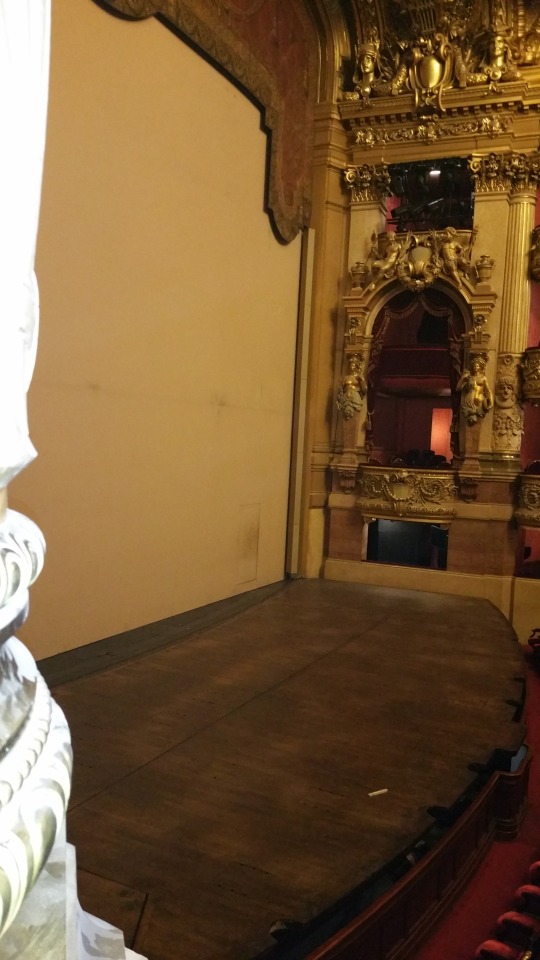
aaand here's Erik's view of the chandelier, as he dreamed of dropping it on the audience... ("Erik no! don't do it!" –the Daroga, probably)
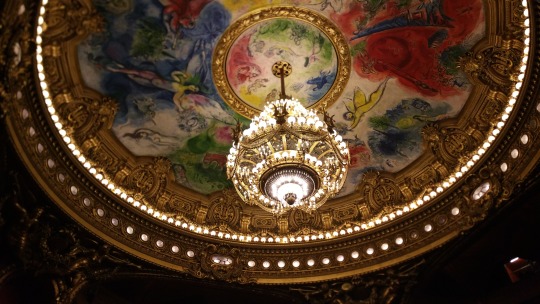
aaaaaand then shortly after this, security came and chased us out... au revoir, Erik!
495 notes
·
View notes
Text
Let’s talk about Christine’s singing technique

Opera in the 19th century was different from today, mostly because the singing technique was different. If you wanted to be an opera singer back then, you would be trained in the bel canto technique, which means no placement or in-the-mask singing. This technique is on the opposite side of the spectrum from the technique used by opera singers nowadays. You have to develop not only your head voice but also your chest voice - the combination of the two is crucial, not just for your low notes but throughout your whole range.
In Gaston Leroux’s novel, Christine told Raoul on the rooftop what exactly had changed in her voice:
I’m not very strong physically and that to begin with my voice had very little character. My low notes were naturally under-developed, the high notes were frankly quite harsh and my middle register cloudy. It was these deficiencies that papa had striven to correct and he had succeeded up to a point. But it was the Voice which finally overcame them. Gradually, I was able to increase the volume of my whole range to an extent I could never have hoped to achieve given that it was never strong to start with. I learned to deepen my breathing but crucially the Voice taught me the secret of developing the chest notes of the soprano voice.
It means that Christine had a problem with an undeveloped chest voice. Because of that, she had weak low notes (which are naturally more chesty), a cloudy middle register (you must have a well-developed chest voice to sing in your middle with ease), and harsh high notes (it’s hard to sing high without having a core in your voice). Once Christine finally developed her chest voice, her voice became more mature and more colourful, which helped her make the transition to singing Marguerite - a part that requires a more dramatic sound than Siebel (which at that time was a role for a soprano who still hadn’t fully developed her voice).
(By the way this quote shows that Leroux knew something about singing technique. Wow!)
Also, as we all know, the character of Christine was based on a real opera singer, Christine Nilsson (1843 - 1921). Unfortunately, there is no recording of Nilsson’s voice, but we can be sure that she sang with a bel canto technique. It was the one and only proper technique in the 19th century, and you couldn’t be an opera star without learning it.
So yeah, Christine’s voice wasn’t a miracle - it was a well-developed chest voice and a proper bel canto technique. It doesn’t mean her singing wasn’t splendid, because undoubtedly it was! Otherwise, she wouldn’t have knocked the Paris audience’s socks off! I just wanted to say that proper technique is the most important thing, and if you learn it, you can be a brilliant opera singer.
100 notes
·
View notes
Text

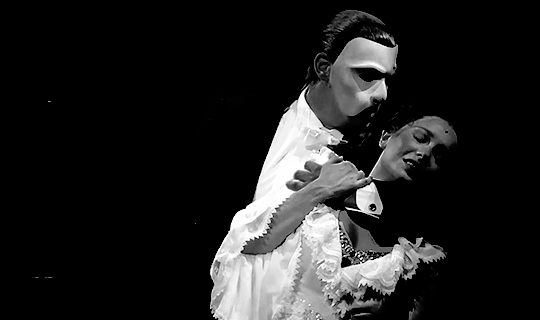
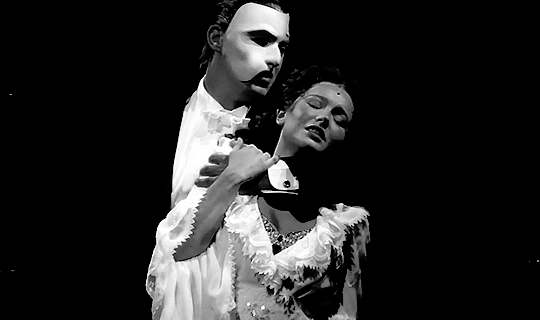
floating, falling, sweet intoxication...
@shakeatradefeather's master. august 2023.
626 notes
·
View notes
Photo










A Midsummer Night’s Dream (1992 National Theatre) 2, 3 - http://www.mandanajones.net/index.html 6-8 - http://www.michaellevinestudio.com/
61 notes
·
View notes
Text
*does a gay lil 80s single earring and bandana look*




142 notes
·
View notes
Photo

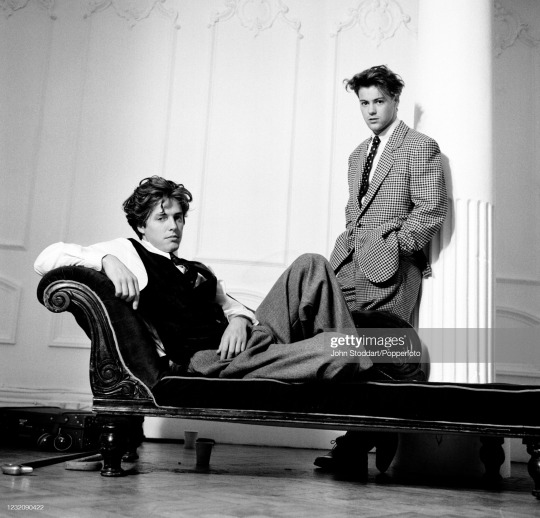

Rupert Graves and Hugh Grant, photographed in London on 15th September, 1987. (Photo by John Stoddart/Popperfoto via Getty Images)
920 notes
·
View notes
Text


New (to me) photo of Rupert Graves posted recently on Twitter, cropped and edited
"London, '94 or '95." [glowlight1970 on Twitter]
65 notes
·
View notes
Photo
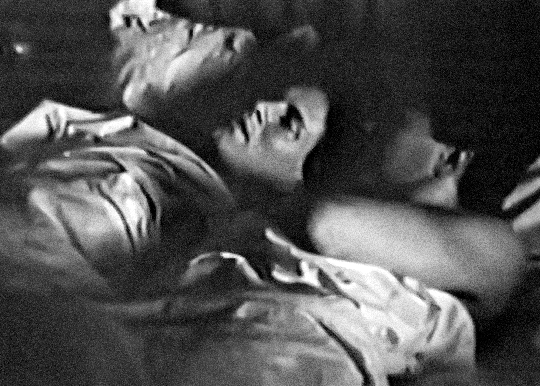
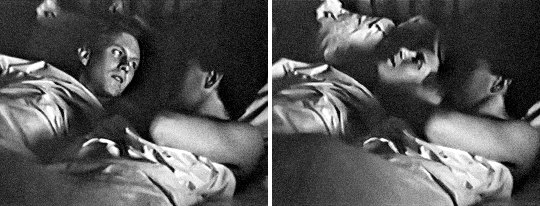
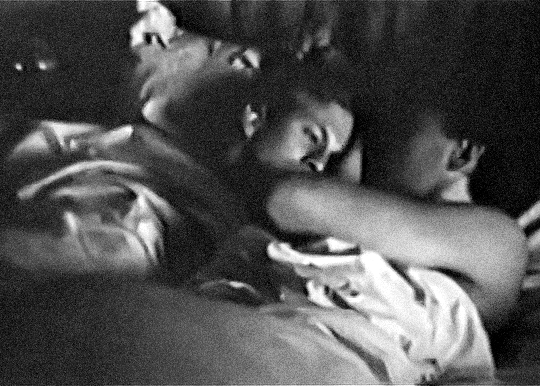

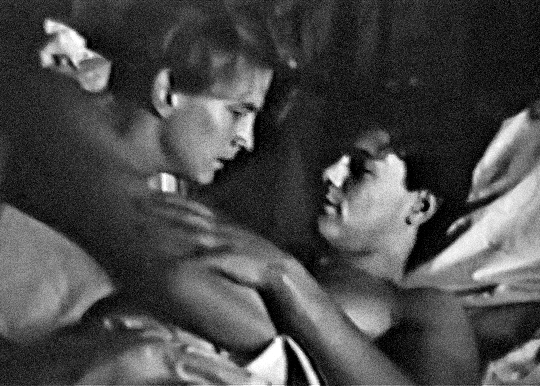
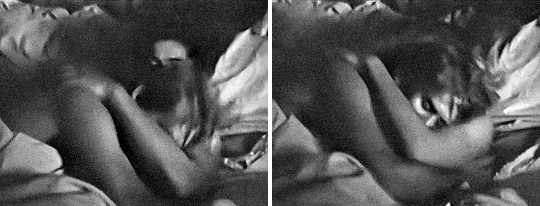
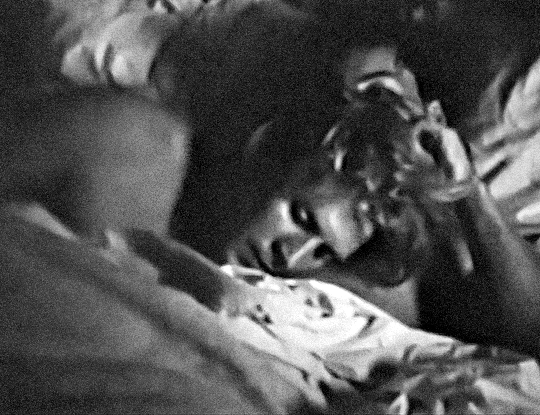
😎 tiny deleted scene 😎 (yeah the quality is debatable but i did my best)
718 notes
·
View notes
Text
From Connor's debut!
*Please don't repost outside tumblr*
96 notes
·
View notes
Photo

“So hard to know who to trust in these suspicious days. Does passion engender trust? Not necessarily. And yet we all would wish to feed on certainties. To hear the word “always”, and believe it true. She trusts me absolutely, I believe. I trust she does. And I? I trust her absolutely… to be absolutely human.”
Francis Urquhart [Ian Richardson] House of Cards by Michael Dobbs
66 notes
·
View notes
Text
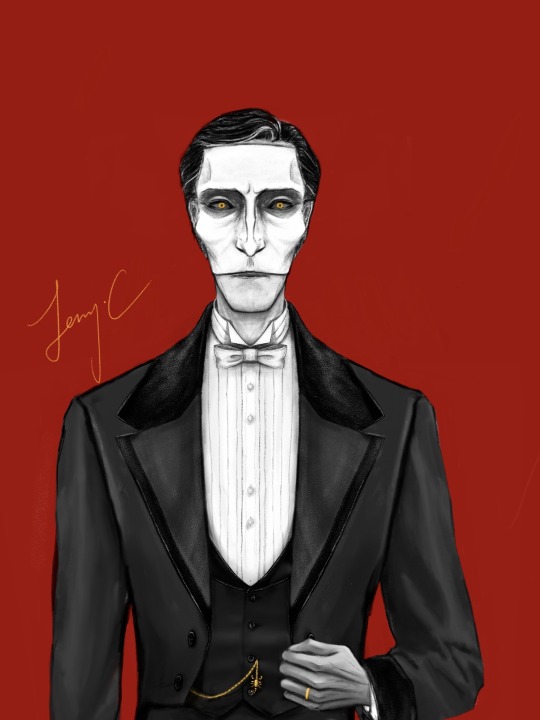
My Erik
311 notes
·
View notes
Text
An Interview on Phantom, with Susan Kay
Back in 1993 I wrote a fan letter to Susan Kay, and asked if she’d be willing to give me an interview for the Phantom Appreciation Society fanzine. So this is the interview she gave me, by letter, published in “Masquerade” issue 4, Spring 1994. (Masquerade and Beneath the Mask were the same zine, it just changed name on issue 5 as I discovered there was already a musicals zine called Masquerade.)
AN INTERVIEW WITH SUSAN KAY
When and how did you first become interested in the story or the Phantom?
My first contact with the Phantom was a chance purchase of the soundtrack of the Lloyd Webber musical. The music took me to the London production and the show took me to the original Gaston Leroux novel, which I hoped would satisfy the immense appetite I had developed for further knowledge of the character. My reaction to the book was a mixture of disappointment and fascination. It told me so much less than I had hoped for, and yet the little there was intrigued me even further: the odd paragraph here, the throwaway line there which mentioned the Phantom’s earlier life. Increasingly the last two pages of Leroux’s book began to read to me like the plot of another story, a story which refused to go away and clamoured ever more incessantly to be written.
Do you think that Leroux’s novel was based on a true story?
It’s very tempting to think so.
How many times have you seen the Lloyd Webber show?
I’ve seen it ten times in all. Six times in London, twice in Los Angeles, and twice in Hamburg where I was the guest of the German Phantom, Thomas Schulze.
Do you still see it?
The last time I saw the musical in England was in London in April 1991. The following day “Phantom” was announced Romantic Novel of the Year at the RNA awards luncheon, so perhaps that particular show was a good omen for me.
Who is your favourite Phantom?
Michael Crawford was wonderful, and I found Dave Willetts very powerful. Anyone who has the opportunity should try to see Thomas Schulze in the Hamburg production.
How did you create the character of Erik in your book?
When I came to examine the character myself I came to the conclusion that the real tragedy of his life was not his disfigurement. but his complete inability to accept that his mother had ever loved him. This fatal belief warped his whole existence and rendered him incapable of recognizing love even when it was staring him in the face, whether it was the first infatuation of a young girl, the dark desire of an older woman, the affection of a friend, or the real admiration of those who came to work with or serve him in one capacity or another. This idea became central to the whole storyline, leading inexorably to one tragedy after another. Certainly his life was shaped by the rejection of society, horrific experience and some cruel twists of fate, but ultimately this was always a character relentlessly set on a course of self-destruction. I also felt that, in spite of the terrible crimes he commits during the course of his life, the Phantom was neither a psychopath nor an inherently evil man. In order to make that last act of self-sacrifice for the sake of love there must always have been an essential core of good within the character. Leroux himself allowed his Phantom certain traits of kindness, humour and civilized behaviour. I felt that essentially this was a fiercely proud man who came to desire his own human dignity to an almost insane degree and would go to any lengths to protect it. Couple this with the unstable temperament that often accompanies pure genius and you have a very dangerous man, a man capable of killing for a real or imagined slight even the people he most desperately loves. Those attracted to him are always rightly aware of an underlying fear, and I believe it is this mixture of attraction and fear which is responsible for his powerful sexuality. It’s what separates the Phantom from Raoul and all the other nice young boys like him who offer a safe mundane existence to a woman, but no thrills or chills.
What was the most difficult part of the book to write?
The first two sections dealing with his childhood were the most straight-forward. The sections from Rome through to the building of the Opera House were very demanding from the point of research, some of which was obscure and hard to obtain. But the section I found most hard to actually write was the part of the story which directly overlaps Leroux’s. It’s very difficult to trespass nonchalantly over someone else’s story, particularly when it has been adapted so many times in different mediums. I had to dispense with a lot of inhibitions, the chief of which was “"How can I ever dare to meddle with this?”
What would you have done if you were Christine?
I think I would have had to do what she did in the book, and go back that one last time to make things right. It would have been a terrible thing to live with otherwise: it would have destroyed both her and Raoul in the end.
See also: the original UK paperback cover art for Kay’s Phantom, and some nice tarot-style art from a magazine at the time.
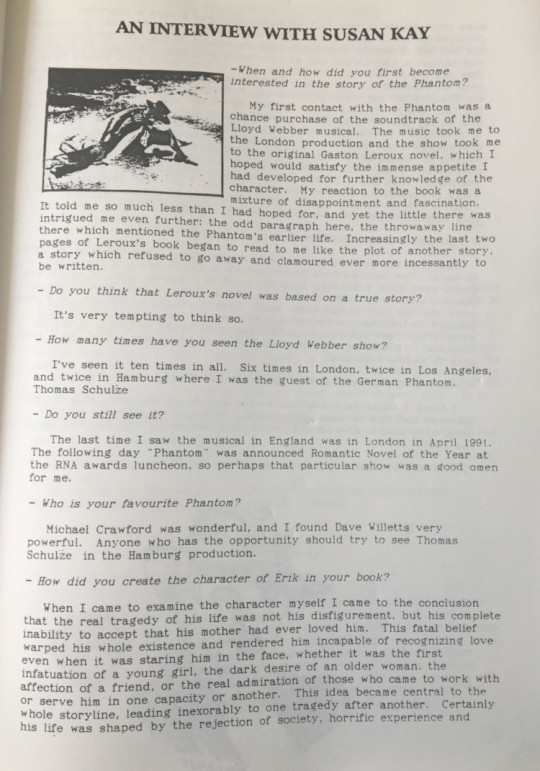

292 notes
·
View notes
